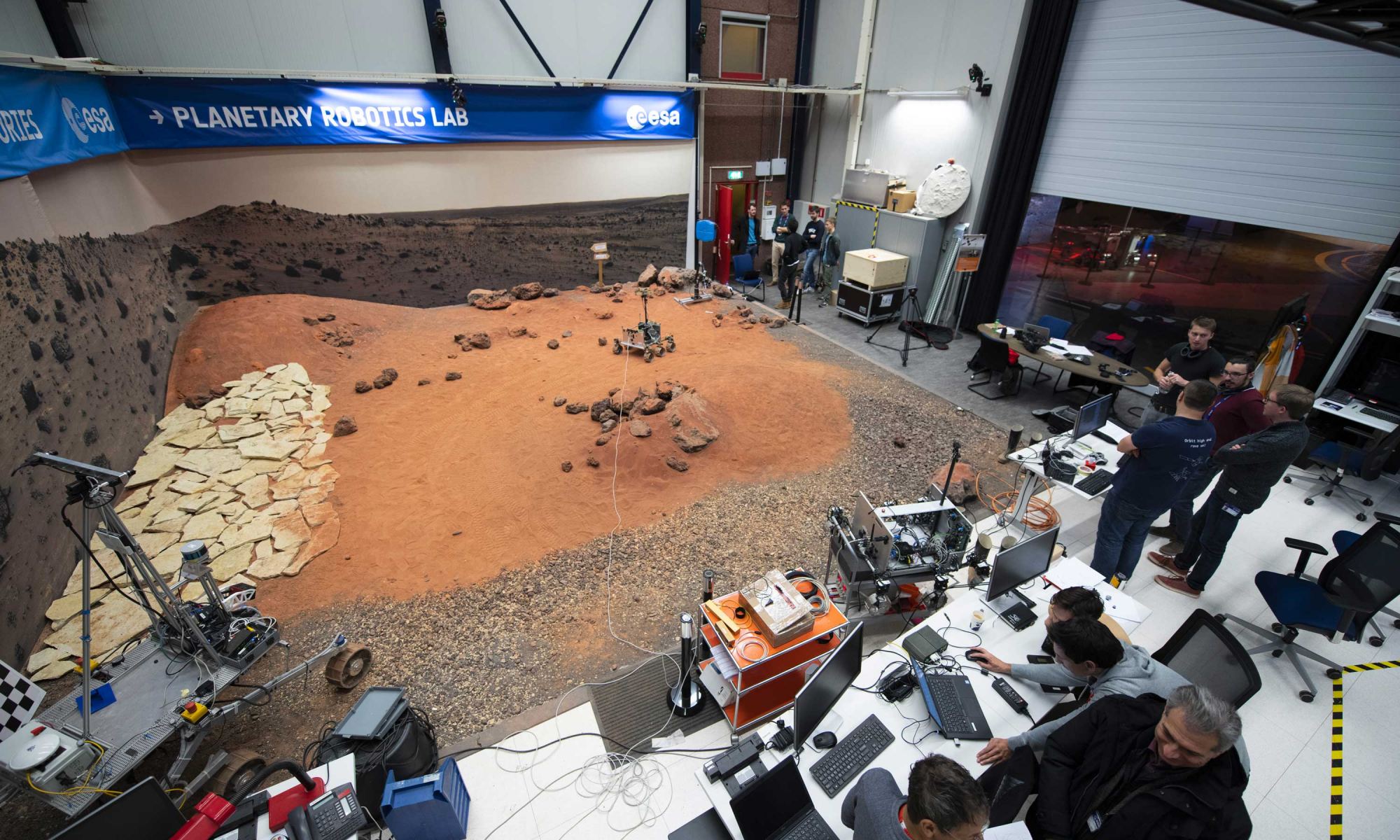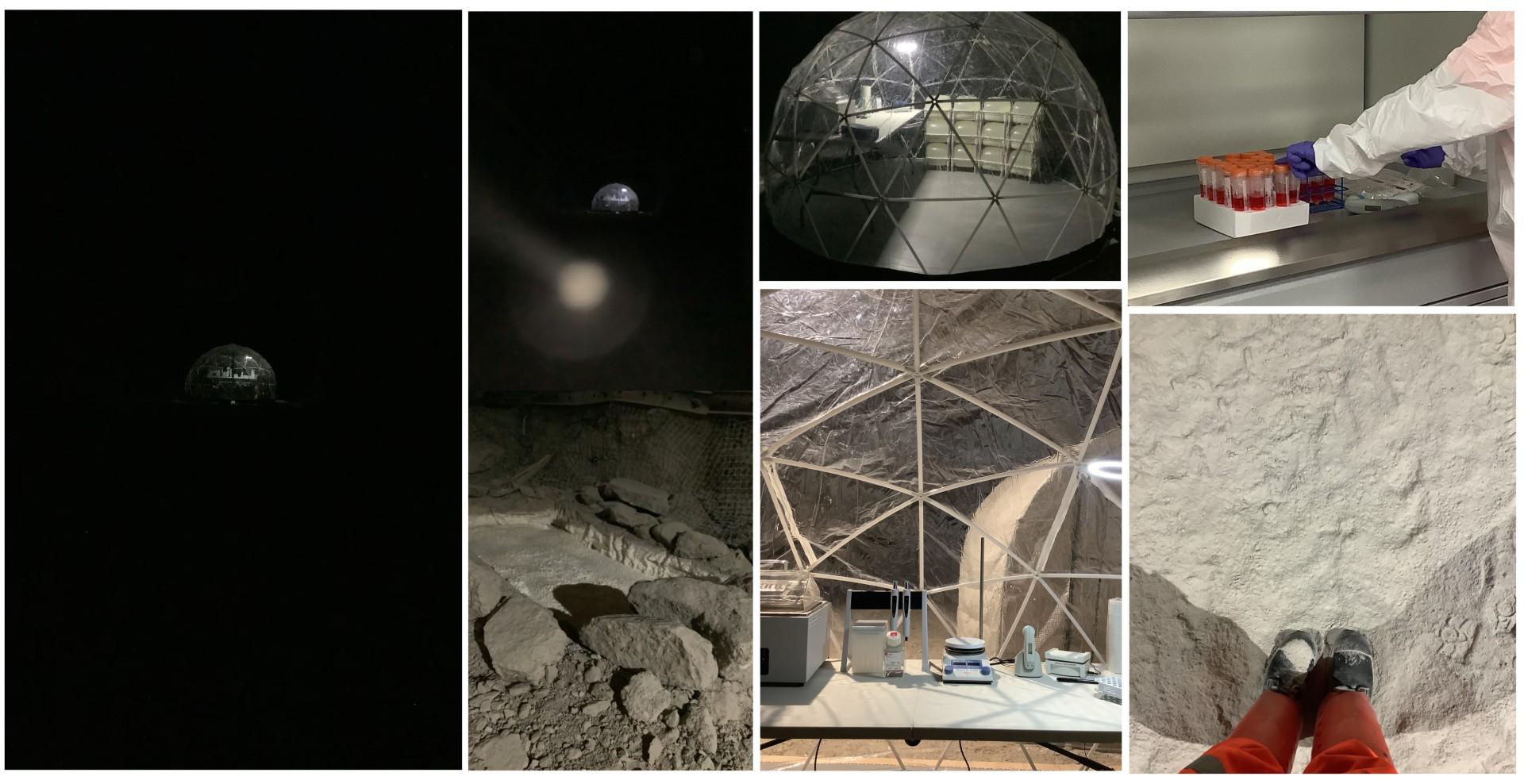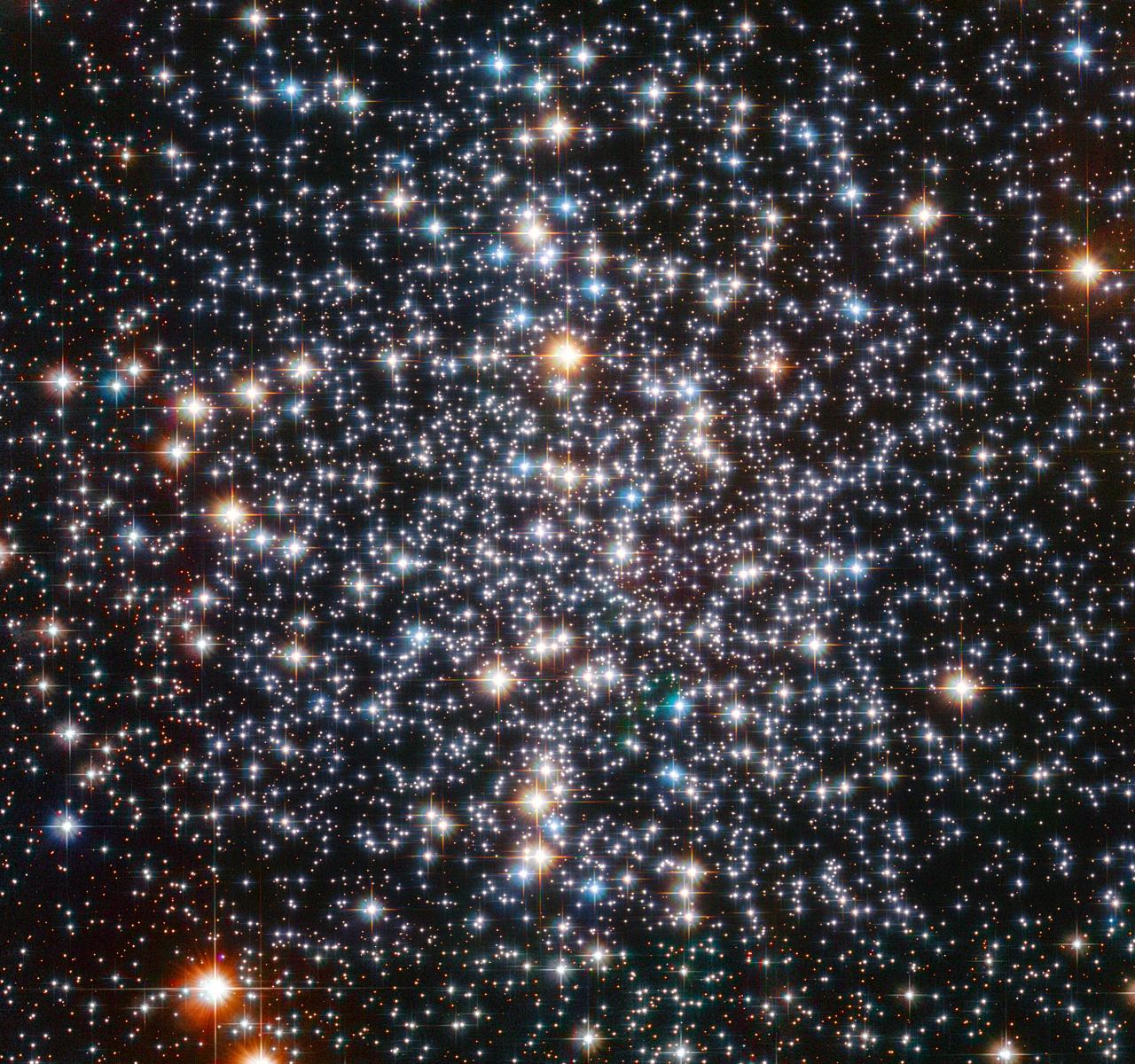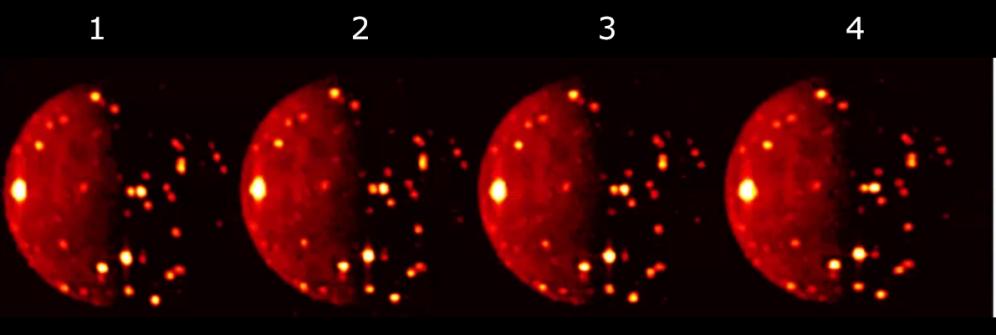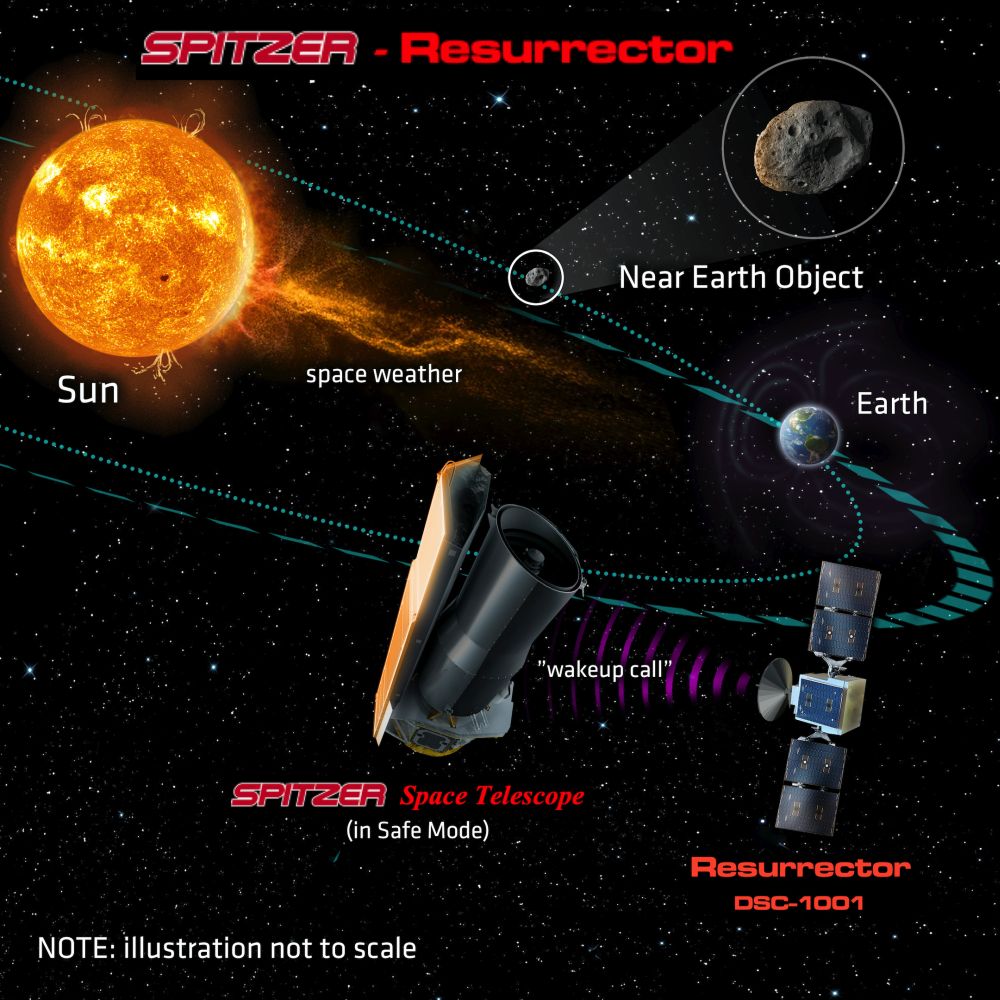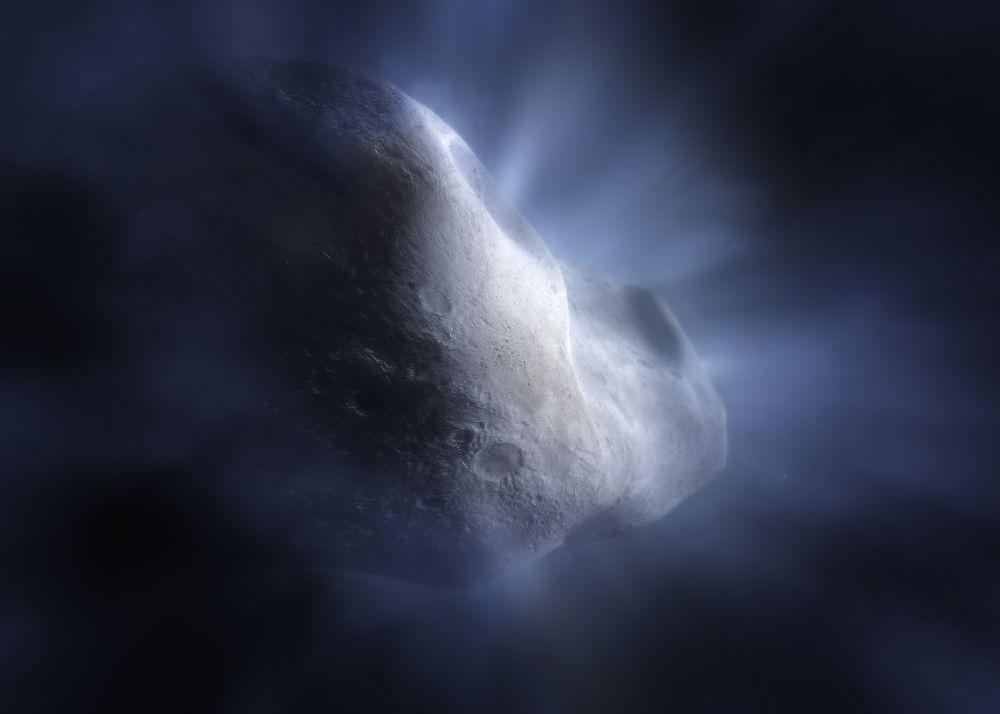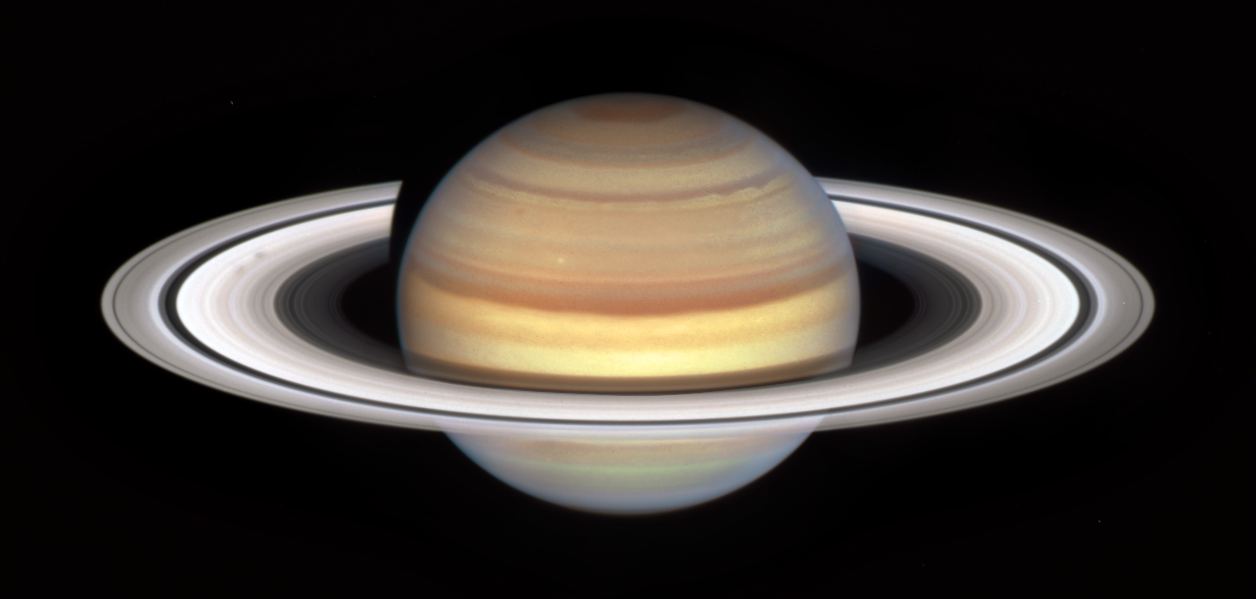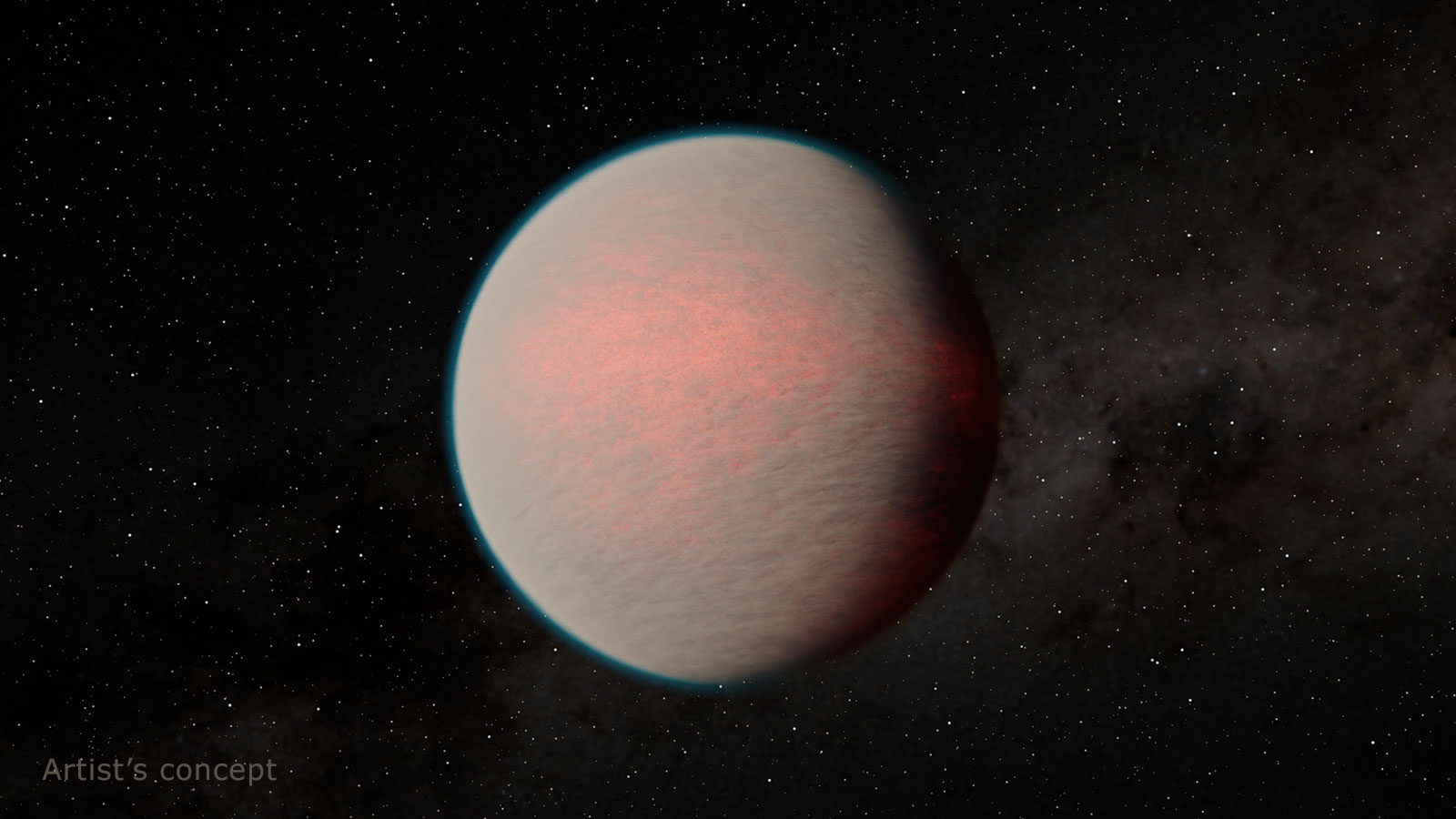NASA makes successful rover missions seem mundane. Spirit and Opportunity were wildly successful, and Curiosity and Perseverance would both be considered successes even if they stopped working today. But complex missions don’t succeed without rigorous testing.
The ESA takes that lesson to heart, and when it comes to their Mars rover, they’ve built a ‘rover playground’ to test it in.
Continue reading “ESA Has a Playground for Mars Rovers to Learn how to Explore the Red Planet”
